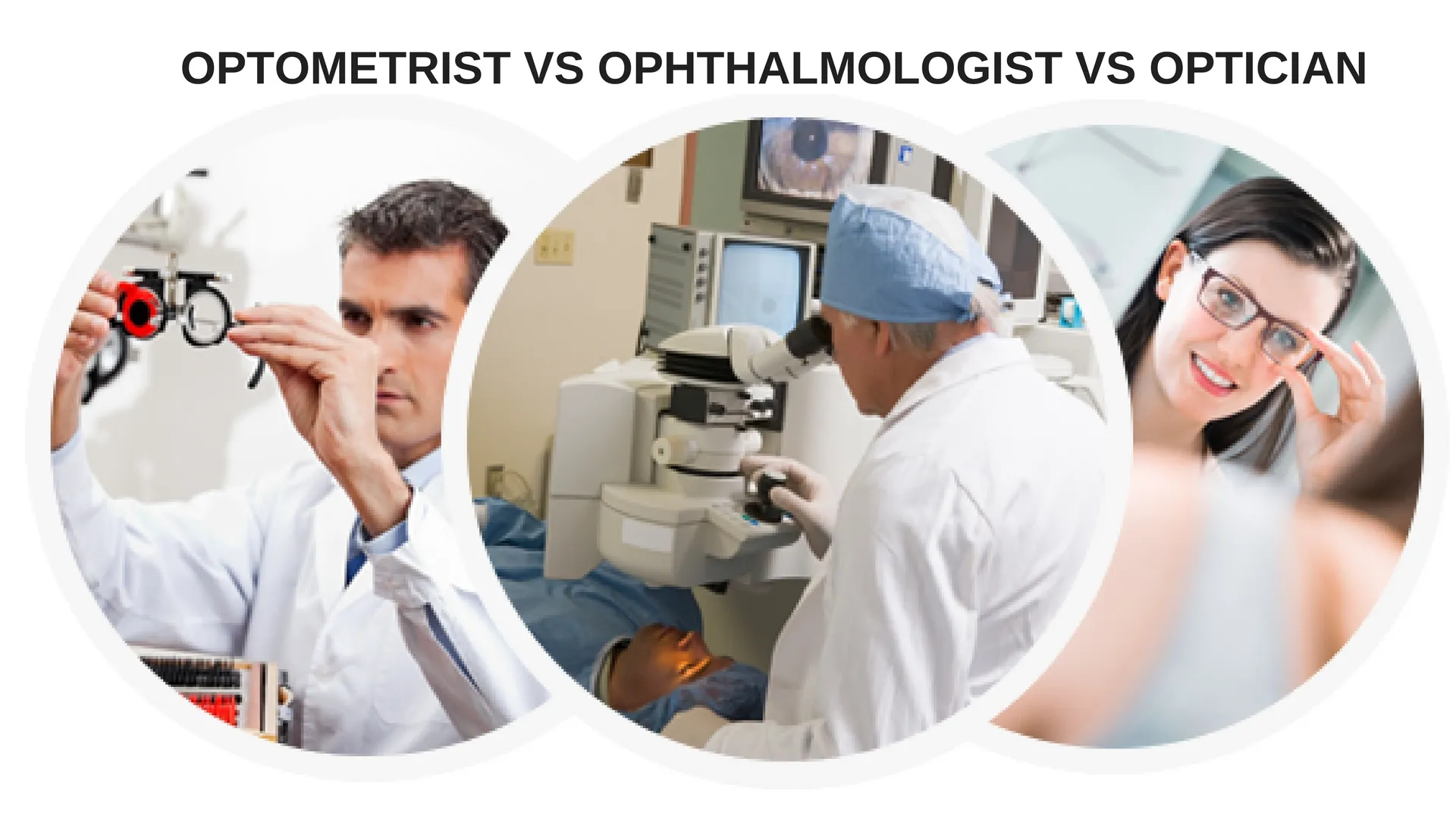
You say whichever’s available. But that’s the moment the path splits.
You make the call. Ask for the next open appointment. You don’t ask for names. You just want answers. The front desk asks if you need an optometrist or ophthalmologist. You pause. Aren’t they both eye doctors? One word, two paths. What starts as a quick visit can become a turning point—if you land in the right hands. Or not.
Optometrists aren’t surgeons. They’re vision experts. Trained in correction. Trained in detection.
Your visit begins with the familiar. The letter chart. The “one or two” lens test. The optometrist checks your retina, listens to your symptoms, and prescribes what you need. They can spot signs of glaucoma, catch macular degeneration early, and manage dry eye. But if your eye needs a scalpel, or a laser, or anesthesia—they’ll refer you. Because their job ends where the blade begins.
They’ve gone to medical school. Then residency. They know medicine. They know scalpel.
Ophthalmologists don’t stop at vision correction. They handle disease. They perform surgeries. From cataracts to retinal detachment, they deal with the eye’s structure, not just its focus. You see them in operating rooms, in emergency cases, or when complications arise. They’re licensed MDs, trained to diagnose and treat the full spectrum—beyond lenses and drops.
You leave with eye drops. And a referral.
Let’s say your vision feels off. You visit an optometrist. They find pressure in your eyes. It’s borderline high. Possibly glaucoma. They explain what they can, but hand you a referral. Because treatment from this point means long-term medication or even surgery. That next step? It’s out of their hands, and into the hands of an ophthalmologist.
They’ll check your healing. Adjust your prescription again.
You had surgery. Maybe a cataract removed. Maybe something more urgent. Afterward, it’s your optometrist who checks in. Measures your healing. Reassesses your vision. Refines your prescription. Your ophthalmologist performed the procedure, but your optometrist walks the longer road with you. Both are essential. Just not at the same moment.
Especially when your symptoms grow. Or when glasses aren’t enough.
You wore glasses for years. But now your eye burns. Or twitches. Or sees shadows. The optometrist can look. But if it’s nerve damage or retinal issues, you’ll be sent up the ladder. It’s not a failure. It’s a filter. One doctor starts the search. The other goes deeper. Knowing when to transition is key.
Their partnership isn’t competition. It’s collaboration.
In many clinics, you’ll find both under the same roof. It’s not about hierarchy. It’s workflow. You see the optometrist first. They assess, stabilize, screen. Then, when something crosses the line—trauma, infection, risk—you’re handed to the ophthalmologist. It’s not a second opinion. It’s a continuation.
Each has a role. And the patient moves between them as life changes.
Children visit for vision development. Teens for contact lenses. Adults for screen fatigue. Seniors for cataracts. In each stage, the need shifts. The doctor shifts. Sometimes you stay with the optometrist for years. Then, one day, you need surgery. So you shift. Then you return. That back-and-forth isn’t failure. It’s normal.
Because now you do. You know who checks pressure. Who treats inflammation.
No one tells you this upfront. No one explains the ladder. But after a few appointments, a few referrals, you learn. You learn which questions to ask. Which title means what. You don’t fear the handoff. You understand it. You don’t confuse a routine test with a surgical consult. You don’t expect glasses from the one in the OR.
They explain the limits. Not everyone does.
In some cities, the lines blur. Some optometrists are trained more broadly. Some ophthalmologists are booked months out. You may feel stuck. But remember—clarity starts with clarity. When in doubt, ask what your doctor does and doesn’t do. Good care isn’t just about knowing. It’s about knowing your doctor knows when to say, “This needs someone else.
